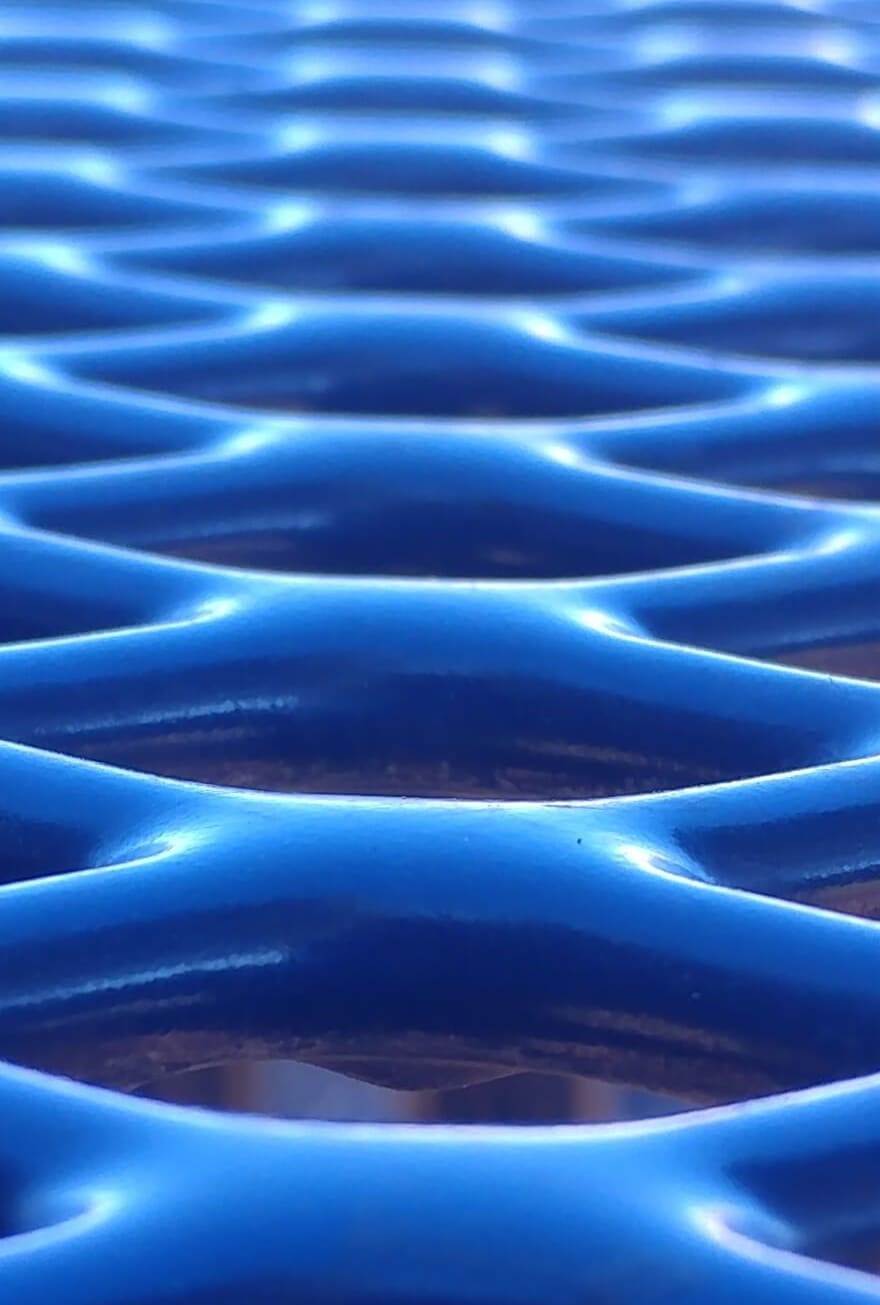Knowde Enhanced TDS
Identification & Functionality
- Chemical Family
- Technologies
Features & Benefits
Applications & Uses
- Markets
- Applications
- Application Area
- Application Method
- Surface Preparation
Metal surfaces are to be cleaned and degreased then abrasive blasted with chloride free abrasive. Exterior applications to SSPC SP-10 near white metal finish minimum 3 mil profile. Immersion applications to SSPC SP-5 White Metal, 3-5 mil profile. Grind flat all burrs, weld seams, radius sharp edges. Fresh blasted surfaces to be rebuilt as quickly as possible to prevent oxidation of the surface. For larger surface areas with ferrous metals apply a primer layer of ARCOR™ EE-11 Prime to prevent oxidation of the surface and allow time for proper rebuilding of the damaged area.
Concrete surfaces should be degreased if oil and grease contamination is present. Degreased surface shall be high pres- sure washed, acid etched and high pressure washed again so surface is clean and free of all grease, oils and surface laitance. Existing coatings should be abrasive blasted to clean concrete. Prime with ARCOR™ EE-70, EE-79, EE-10
- Mixing
Thoroughly mix Activator into Base with mixing stick or drill with low speed mixing blade scraping sides and bottom of container or mixing board. Mix by Volume 2 parts Base to 1 part Activator. Or by weight 100 grams base to 47 grams activator. Mix thoroughly to produce an even colored, streak-free material.
- Application
- Use heavy plastic squeegee or putty knife. Work material into profile of substrate to achieve maximum adhesion and to remove any entrapped air. Contour to correct form with putty knife or plastic applicator. If mold or form is used, coat its surface with a release agent to prevent adhesion of the material. Machining is possible using carbide tipped tools. Grinding is possible if done within 14 hours of application at 77ºF, 25ºC (add 1-1/2 hour for each 10ºF below 77º, subtract 1 hour for each 10º above 77ºF). Large holes and cracks can be bridged with glass or metal cloth.
- Application Temperature
- Keep between 55 to 95ºF (17 to 35ºC). Substrate: keep between 45 to 105ºF (7 to 40ºC). the difference in temperature of the substrate and the material should never exceed 10ºF, 5ºC. Substrate shall be a minimum of 5ºF (3ºC) above dew point. Do not apply if relative humidity exceeds 90%. If necessary heat the metal prior to surface preparation using electric heater or heat lamp. Never use gas, oil or kerosene heaters as they will leave a greasy residue on metal surface. For best results keep all material in warm area overnight (75ºF+) for ease of mixing. If necessary Base component of material can be heated by microwave for 30-45 seconds for a 1 KG Base unit or by warm water bath. Heat activated by warm water bath only. If necessary let material cool before application.
- Overcoat / Cure Time
- Re-coat while material is still soft, between 6 to 14 hours at 77ºF, 25ºC. If overcoat window is exceeded abrade surface with course sandpaper, grinder or brush blast. Full cure before immersion 72 hours at 77ºF. Add 1 day additional cure time for every 10ºF below 77ºF. Subtract 15 hours of cure time for each 10ºF above 77ºF. Force cure with heat for best performance for 1 hour at 200ºF, 93ºC, 12 hours at 120ºF at 120ºF, 49ºC.
- Clean Up
Clean tools immediately after use with M.E.K., Acetone, 98+% Isopropyl Alcohol or similar
Properties
- Temperature Properties
- Specifications
- Chemical Resistance
Water Excellent Alkalis Excellent Inorganic Acids Excellent Organic Acids Good Organic Solvents Excellent - Film Thickness
up to 500 mils vertical
- Flexibility
Good Fair Flexural Strength 12,000 psi
- Mix Ratio
2:1 by Volume (Base:Activator) 100 gm: 47 gm by Weight
| Value | Units | Test Method / Conditions | |
| Maximum Temperature for Immersion Service | 129.0 | °C | — |
| Temperature Spike Tolerance for Immersion Service (3hrs) | 177.0 | °C | — |
| Recommended Force Cure Temperature (6hrs) | 93.0 | °C | — |
| Value | Units | Test Method / Conditions | |
| Pot Life (at 72°F) | 25.0 | min/kg | — |
| Density | 1.48 | g/cm3 | — |
| Solid Content | 100.0 | % Volume | — |
Packaging & Availability
- Weight per Gallon
13.5 lbs (6.12 KG)
Storage & Handling
- Shelf Life
- 5 Years (at 13-35ºC)

